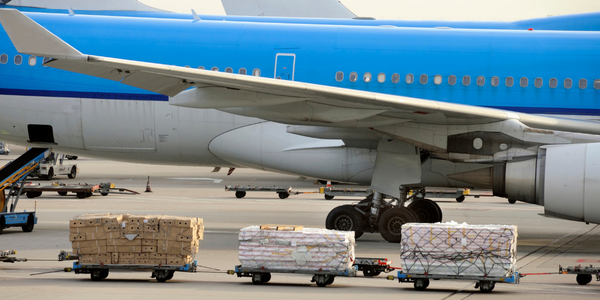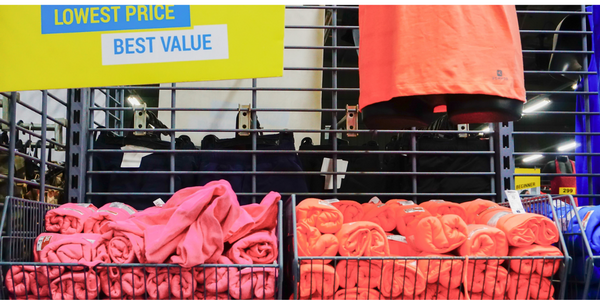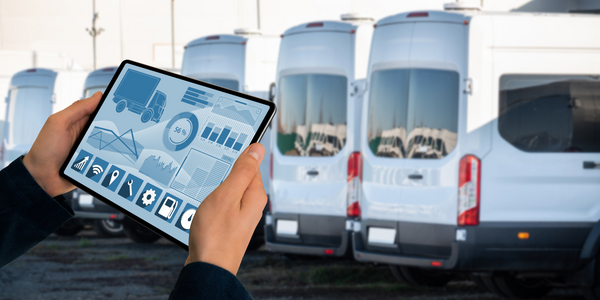Technology Category
- Analytics & Modeling - Real Time Analytics
- Sensors - GPS
Applicable Industries
- Glass
- Specialty Vehicles
Applicable Functions
- Maintenance
- Quality Assurance
Use Cases
- Supply Chain Visibility
- Vehicle Telematics
Services
- Cloud Planning, Design & Implementation Services
- System Integration
About The Customer
Dohrn Transfer Company is a less-than-truckload carrier that provides trucking services and local delivery across the United States. With over a century of best-in-class service, they operate a fleet of over 600 assets across 14 states and 22 terminals. Dohrn is committed to maintaining compliance with ELD regulations and continuously seeks to improve their operational efficiency and safety. They aim to leverage real-time data to enhance various aspects of their operations, including trailer management, chain of custody, dispatch, maintenance diagnostics, fuel usage, and driver safety.
The Challenge
Dohrn Transfer Company, a less-than-truckload carrier providing trucking services and local delivery across the United States, faced a challenge in unifying their data to improve safety and operational efficiency across their organization. Initially, they were seeking a modern, driver-friendly solution to ensure their fleet of over 600 assets remained compliant with ELD regulations as they operated across 14 states and 22 terminals. However, as they evaluated various providers, they realized their needs extended beyond just ELD compliance. Dohrn sought an integrated solution that could connect their data and consolidate their fleet operations in a single platform. They saw an opportunity to leverage real-time data to improve operations such as trailer management, chain of custody, dispatch, maintenance diagnostics, fuel usage, and driver safety.
The Solution
Dohrn found their solution in the Samsara Connected Operations Cloud, which provided real-time visibility, ease-of-use, and employee engagement. By unifying their operations within a single integrated platform, Dohrn was able to improve operational efficiency, boost driver retention, and reduce costs. With Samsara, Dohrn gained complete visibility into the location and utilization of their trailers, which improved trailer operations and reduced time-consuming yard hunts. They also gained complete visibility into the chain of custody of their assets, which improved site protection and asset tracking. Furthermore, with Samsara deployed across all their vehicles, Dohrn gained real-time visibility into the location and performance of their vehicles, which improved fleet performance. Lastly, with Samsara’s video-based safety solution, Dohrn transformed their safety program by taking a proactive approach to driver coaching.
Operational Impact
Quantitative Benefit

Case Study missing?
Start adding your own!
Register with your work email and create a new case study profile for your business.
Related Case Studies.

Case Study
Transformation for IoT Business Model in Connected Industrial Vehicles
CNH Industrial wanted to put IoT-enabled viechles onto the market. Whether monitoring a single machine or integrating an entire fleet, operators are able to track the status, speed, and movement of machines and their performance and also receive alerts on issues that may require service by a qualified technician to improve uptime and overall effectiveness of the vehicle.
.png)
Case Study
Discrete Manufacturing Industries (Fiberglass Pipe)
The implementation of ERP software in a Discrete Manufacturing organization needs to be strategic, irrespective of its size and capacity. The client had already implemented an ERP system which fulfilled their requirements but was not efficient enough. Efficiency here meant Synchronized Planning, Updating and Multisite Planning. Planning at client’s place was done outside the ERP system. Lack of proper synchronization to the ERP system paved way to huge delays in the changes getting updated in the system. These delays caused disruption in achieving delivery schedules. Multisite Planning is a solution to an organization which has multiple production units (may or may not be geographically separated) and thus needs planning across these units to synchronize production activities within them. The client also has multiple factories and hence Production Planning control is very essential in their case. Since Multisite planning was not possible with Baan ERP system, this was another bottleneck for the client.

Case Study
Asia Airfreight Terminal Enhances Operational Efficiency with CommScope's RUCKUS Solutions
Asia Airfreight Terminal (AAT), a leading cargo handling company based out of Hong Kong International Airport, was facing challenges with its Wi-Fi network, which was critical for the functioning of its automated Material Handling System (MHS) within the warehouse. Any interference or lost signals could directly impact their operational efficiency. AAT also had separate networks for their office and CCTV cameras, which made the job of their data center challenging. The company was in search of a Wi-Fi network configuration that could streamline their networks and reduce its network management workload. AAT was already running on equipment from a competing vendor, and the new solution needed to prove its worth in scalability and reliability.

Case Study
Halvor Lines Enhances Driver Safety with Netradyne Driveri®
Halvor Lines, a trucking company with a strong commitment to driver safety, was facing the challenge of protecting their drivers and the company from false claims in an increasingly litigious environment. The company was in search of a video and vision-based recognition safety program that could align with their existing driver safety and recognition strategies. They wanted a solution that would not only strengthen their industry-leading initiatives but also be driver-friendly, helping to develop driver skills and enhance positive safety habits. The solution needed to provide significant value without requiring the inside lens of the truck to be turned on, a feature that could potentially alienate drivers.

Case Study
High Density Stacking Capability Enhances Productivity in 3D Part Production at Decathlon
Decathlon, the world’s largest sporting goods retailer, was faced with a mold injection problem on a small component for shooting glasses that connects the frame to the lenses. The company was seeking a solution that would avoid the expense of tooling and increase efficiency in production. They decided to test the new 3D stacking solution developed by 3D Systems to evaluate additive manufacturing for production. After conducting a feasibility study on the Figure 4 solution and stacking feature, Decathlon’s teams confirmed the productivity and economics of additive manufacturing and decided that this solution could be considered for batch-run production of the final product.








